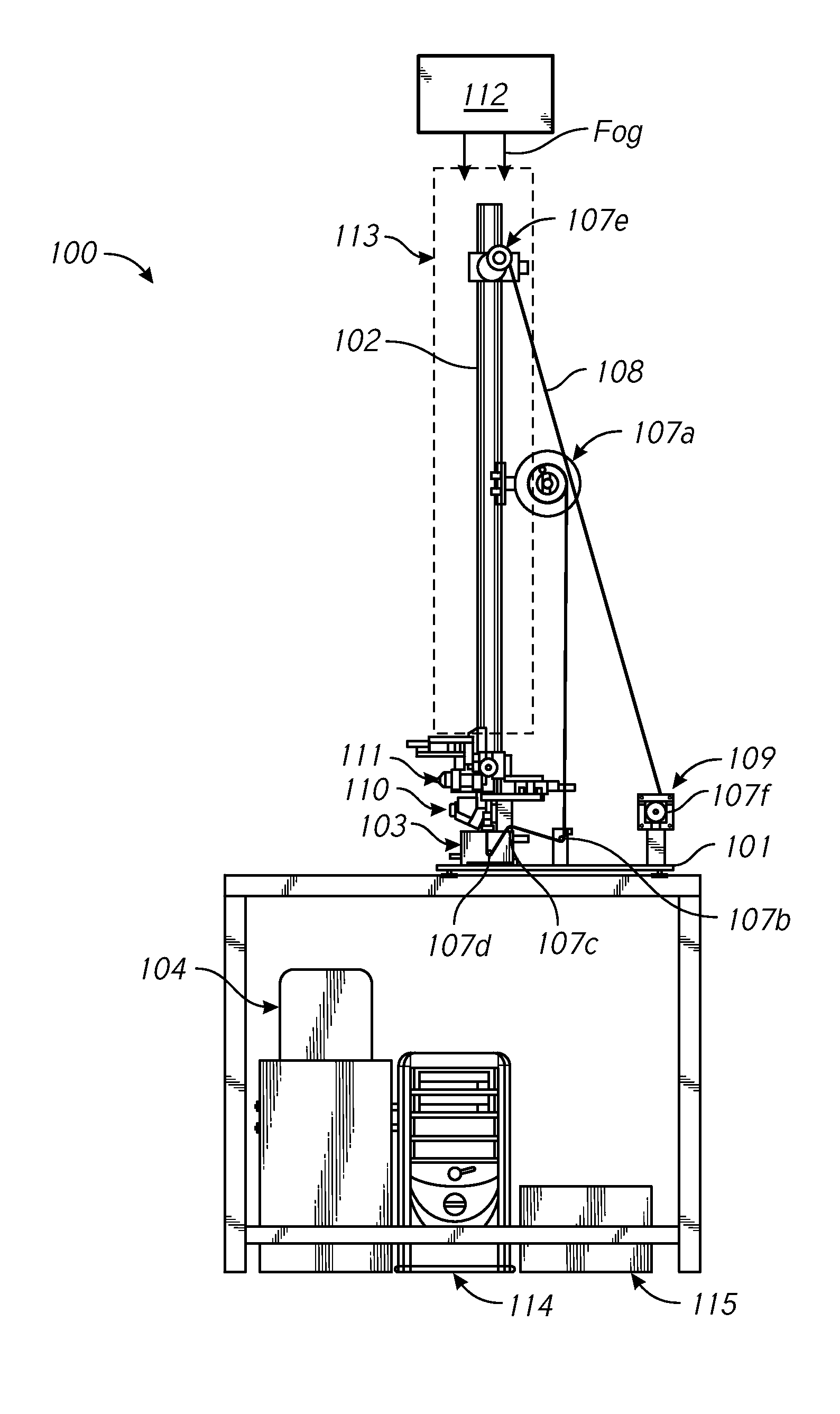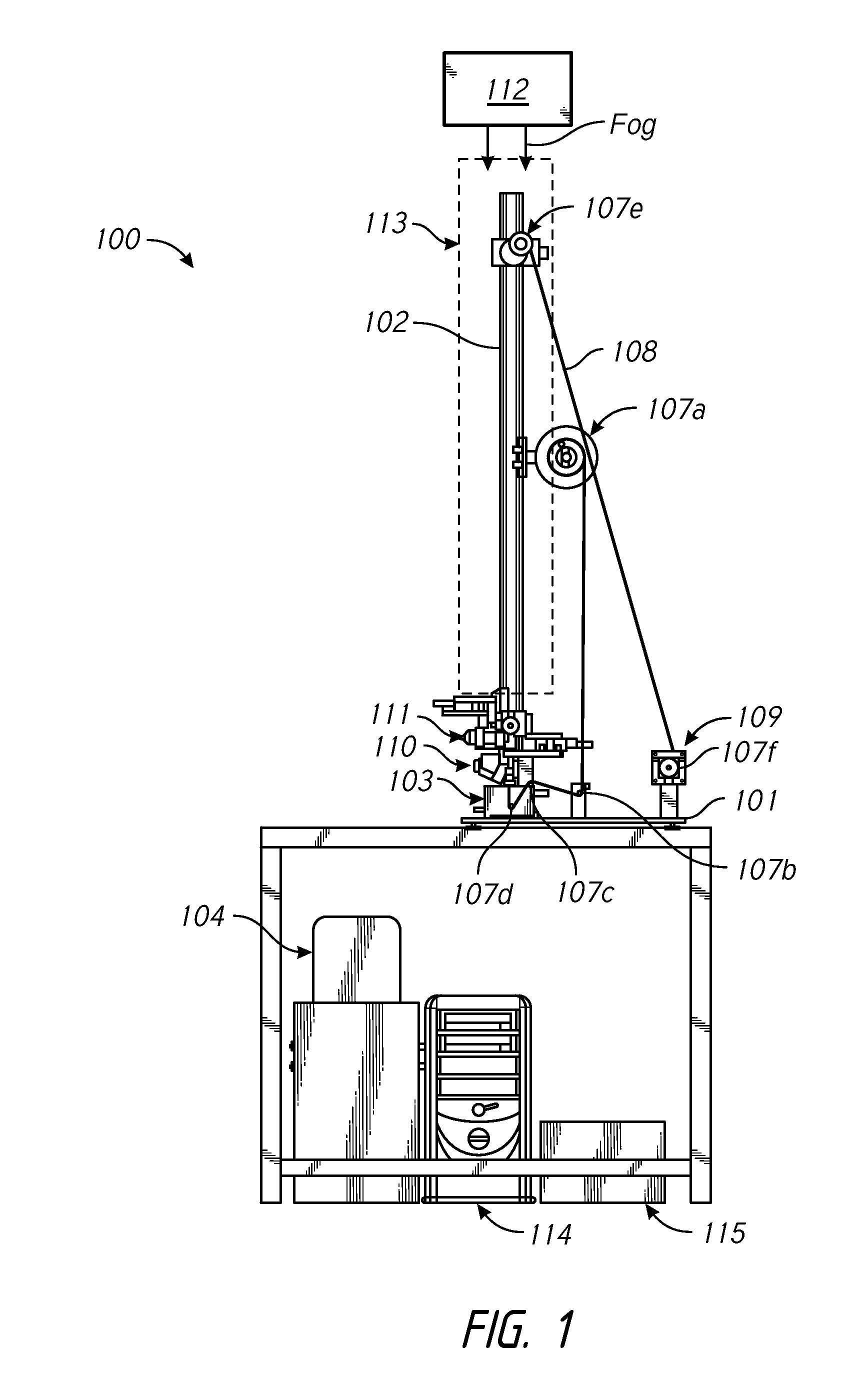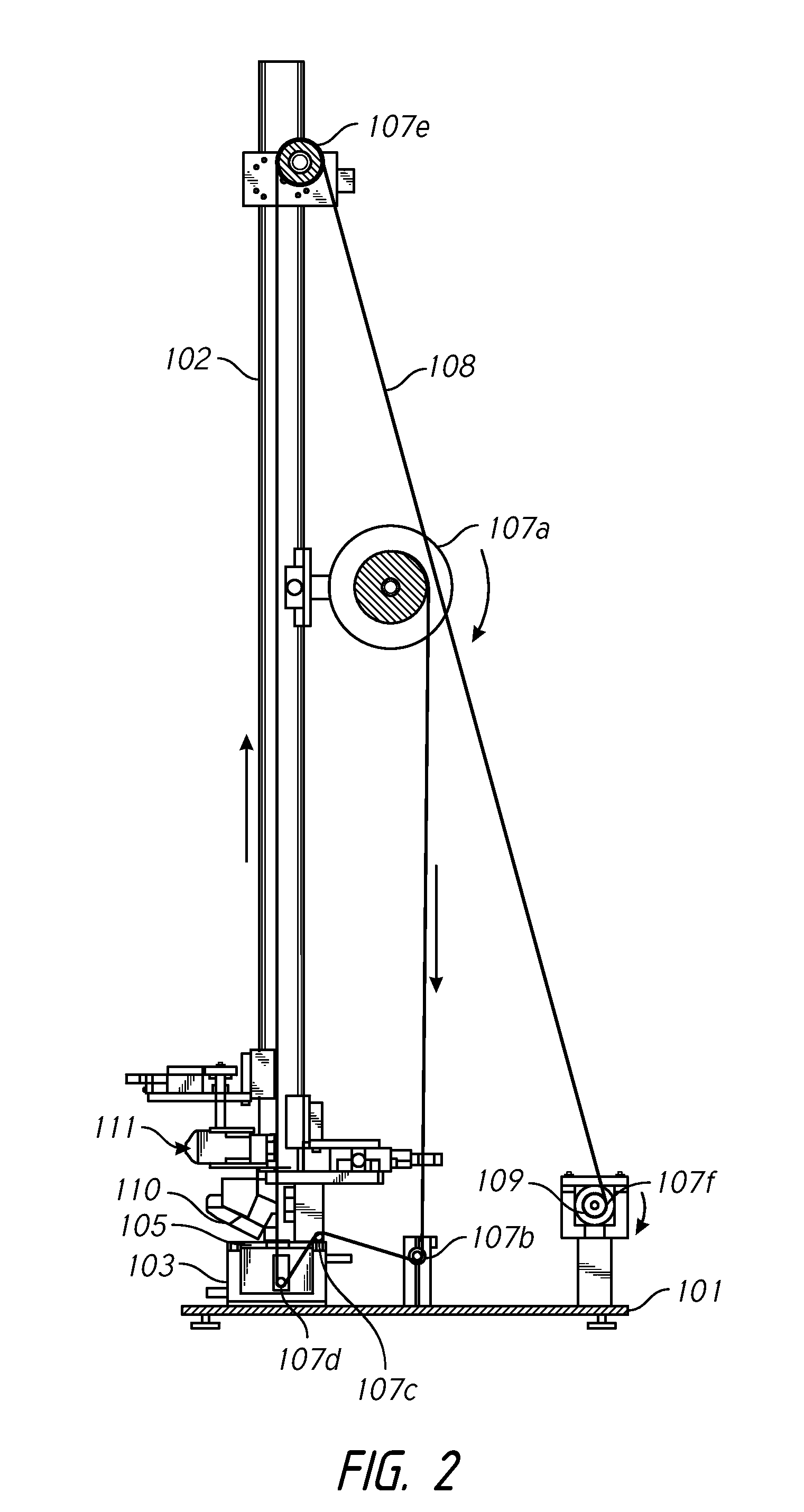Intraocular shunt manufacture
a technology of intraocular shunts and gelatin, which is applied in the field of system and method of making gelatin shunts, can solve the problems of affecting the ability of the shunt, affecting the shunt, and blindness, and achieves the effect of removing the skin
- Summary
- Abstract
- Description
- Claims
- Application Information
AI Technical Summary
Benefits of technology
Problems solved by technology
Method used
Image
Examples
example 1
Gelatin Preparation
[0049]Into a 600 mL beaker was added 98±1 grams of porcine gelatin. An amount of about 172±1 grams of USP sterile water was measured and poured into the beaker containing the porcine gelatin. The beaker was sealed with parafilm, and the covered beaker was placed in a water bath at 55±1° C. for a minimum of 8 hours (maximum 36 hours). Ensure water level is higher than mixture in beaker. The lid of the water bath was checked to ensure that it was closed and after the minimum time period had elapsed, the beaker was removed from bath. The beaker was visually observed to verify that all gelatin in the mixture was dissolved and that mixture appeared homogeneous.
example 2
Gelatin Transfer
[0050]The water circulator was checked to make sure that it was at a sufficient level (between the high and low marks). The circulator was set and run at 40.5° C. and allowed to come to temperature before proceeding to the next step. The gelatin mixture from Example 1 was poured into the jacketed beaker on a fixture so that the meniscus was about 20 mm from the top. Within 1 minute of adding the gelatin mixture, 60 cc's of USP sterile water was added above the gelatin surface using a syringe. The water was added slowly so as not to disturb the gelatin. The mixture was allowed to settle for minimum 30 min.
example 3
System Set-Up
[0051]A spool was assembled onto an axle using parts as shown in FIG. 7. The final assembled spool is shown in FIG. 8. The M6 screw (Item 8) was finger tightened, and pinch bolt (Item 7) was fastened onto the mount. In order to increase the friction on the spool, the M6 screw (Item 8) was advanced approximately a ¼ turn. The wire was then threaded onto the spool, and the spool was slid up the shaft. The spindle assembly was lowered into the gelatin mixture, about 5 mm from the bottom of flask. The aperture plate was lowered into the water layer under a top surface was submerged about 1 mm below the surface of water. The bottom surface of the aperture plate was above the gelatin layer.
[0052]The first and second cameras were positioned on the shaft so as to properly view the wire as it emerged from the aperture in the aperture plate. The tube of the fogger assembly was lowered over the shaft until a bottom of the tube is positioned just above the second camera. In this po...
PUM
| Property | Measurement | Unit |
|---|---|---|
| inner diameter | aaaaa | aaaaa |
| inner diameter | aaaaa | aaaaa |
| inner diameter | aaaaa | aaaaa |
Abstract
Description
Claims
Application Information
 Login to View More
Login to View More - R&D
- Intellectual Property
- Life Sciences
- Materials
- Tech Scout
- Unparalleled Data Quality
- Higher Quality Content
- 60% Fewer Hallucinations
Browse by: Latest US Patents, China's latest patents, Technical Efficacy Thesaurus, Application Domain, Technology Topic, Popular Technical Reports.
© 2025 PatSnap. All rights reserved.Legal|Privacy policy|Modern Slavery Act Transparency Statement|Sitemap|About US| Contact US: help@patsnap.com



